Product Catalog
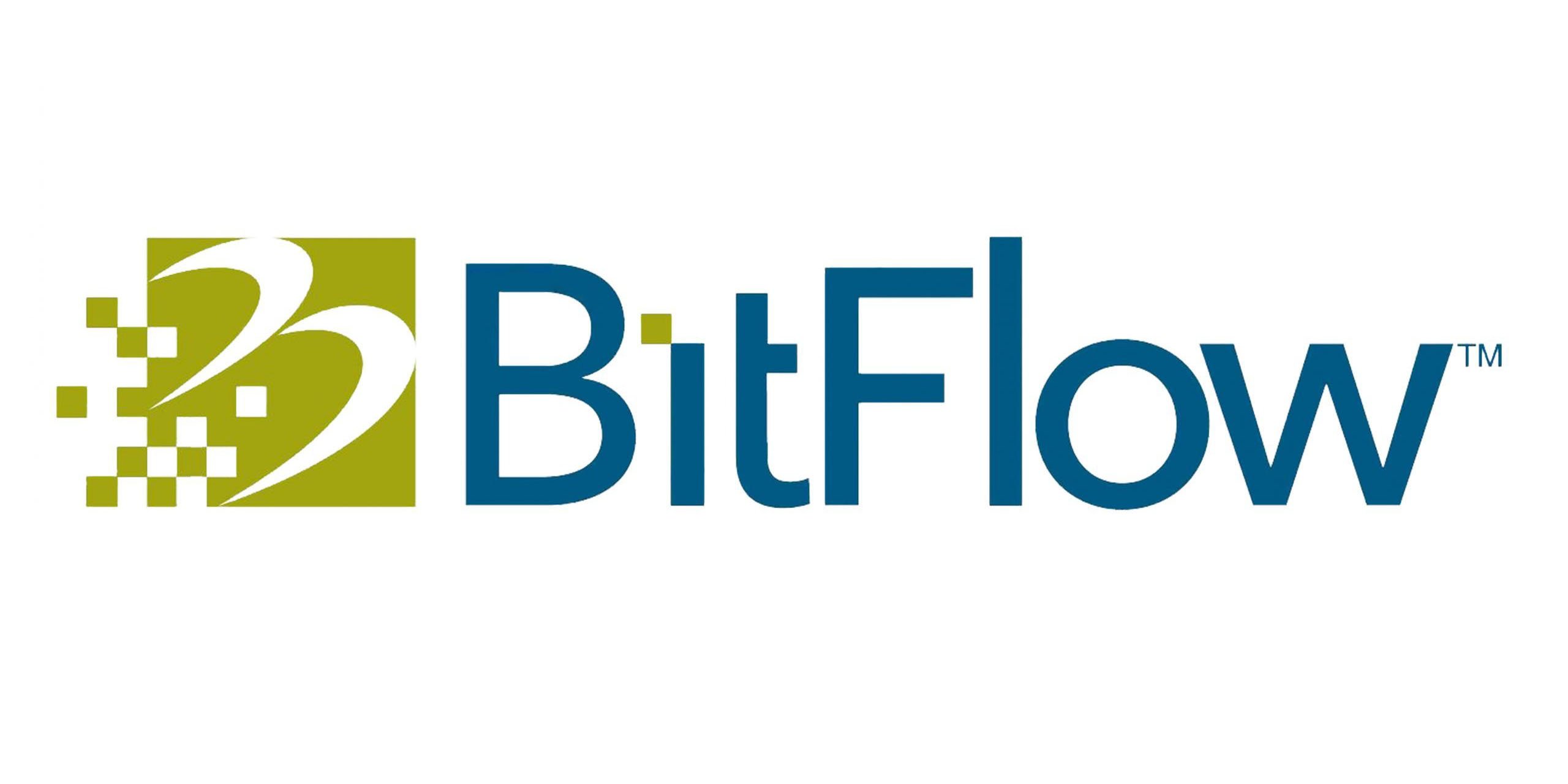
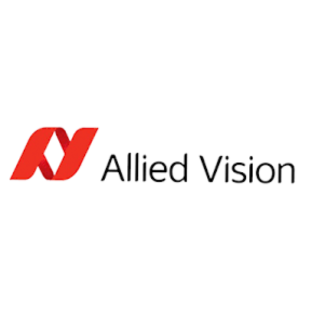
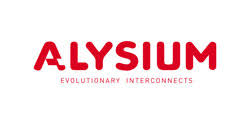
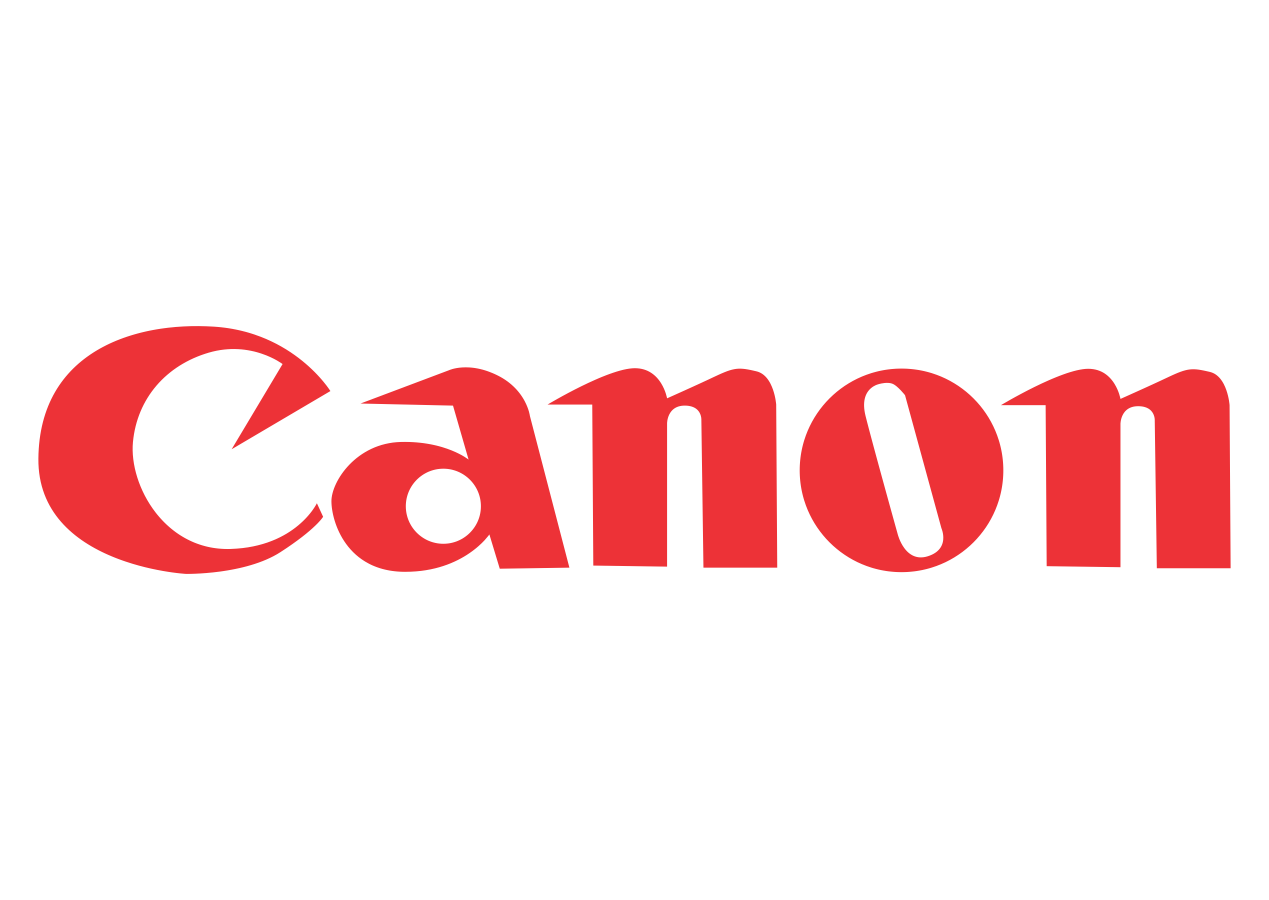
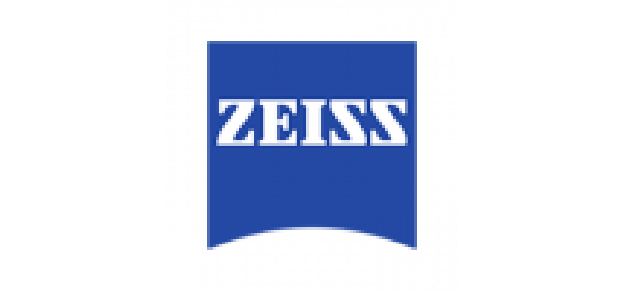
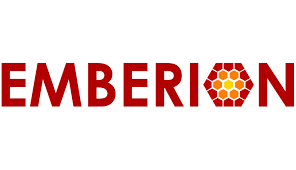
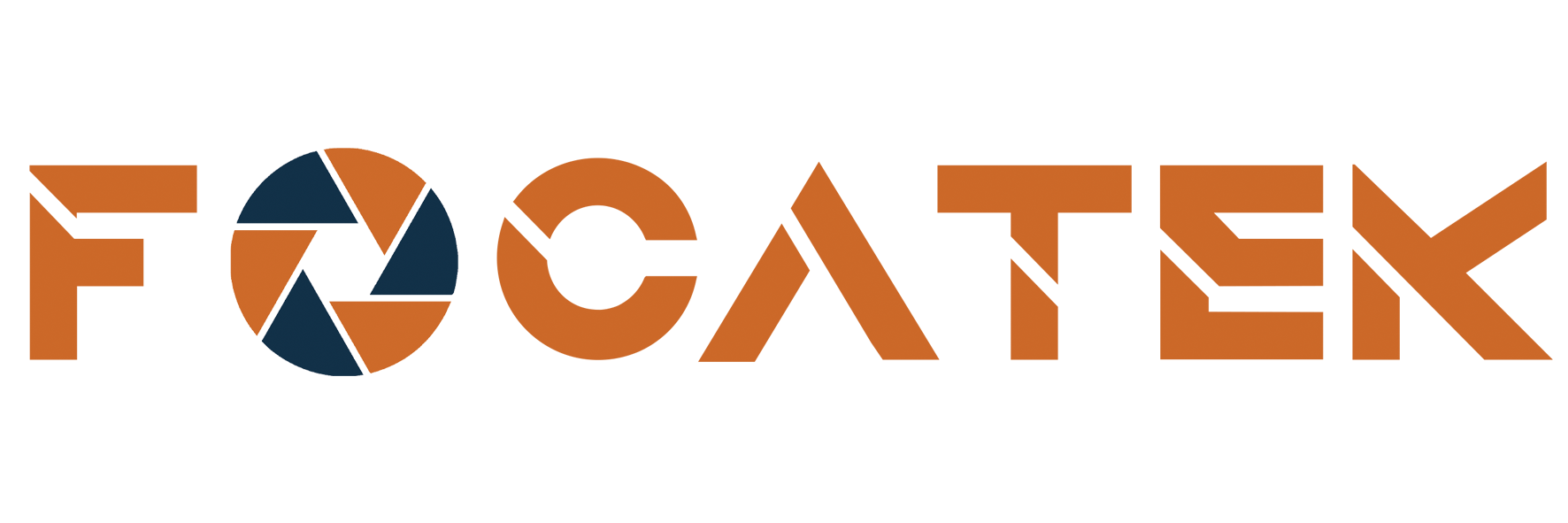
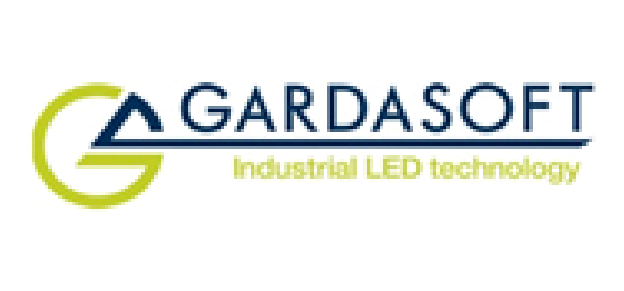
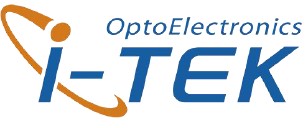

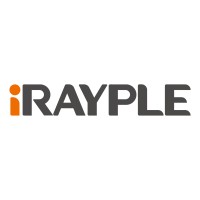
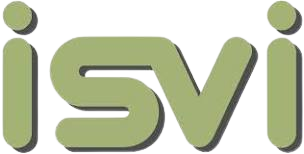
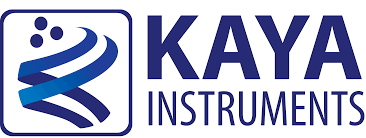



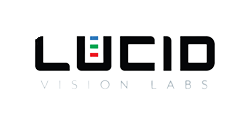
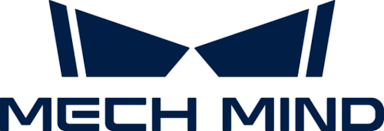





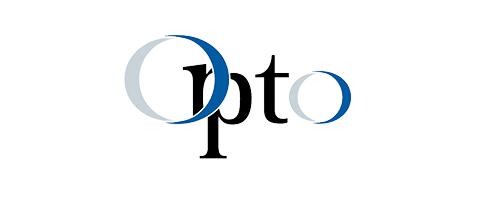
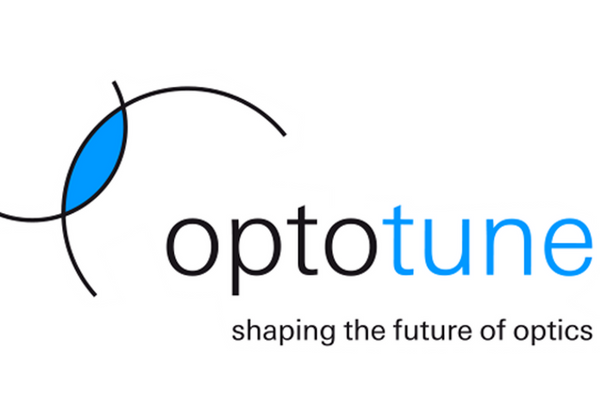

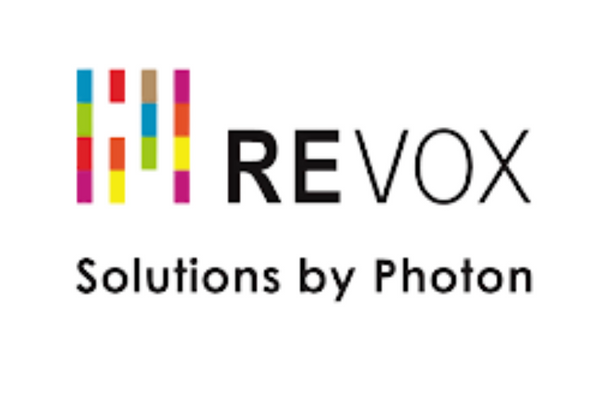


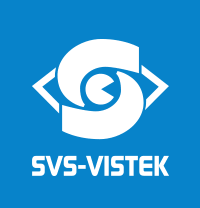


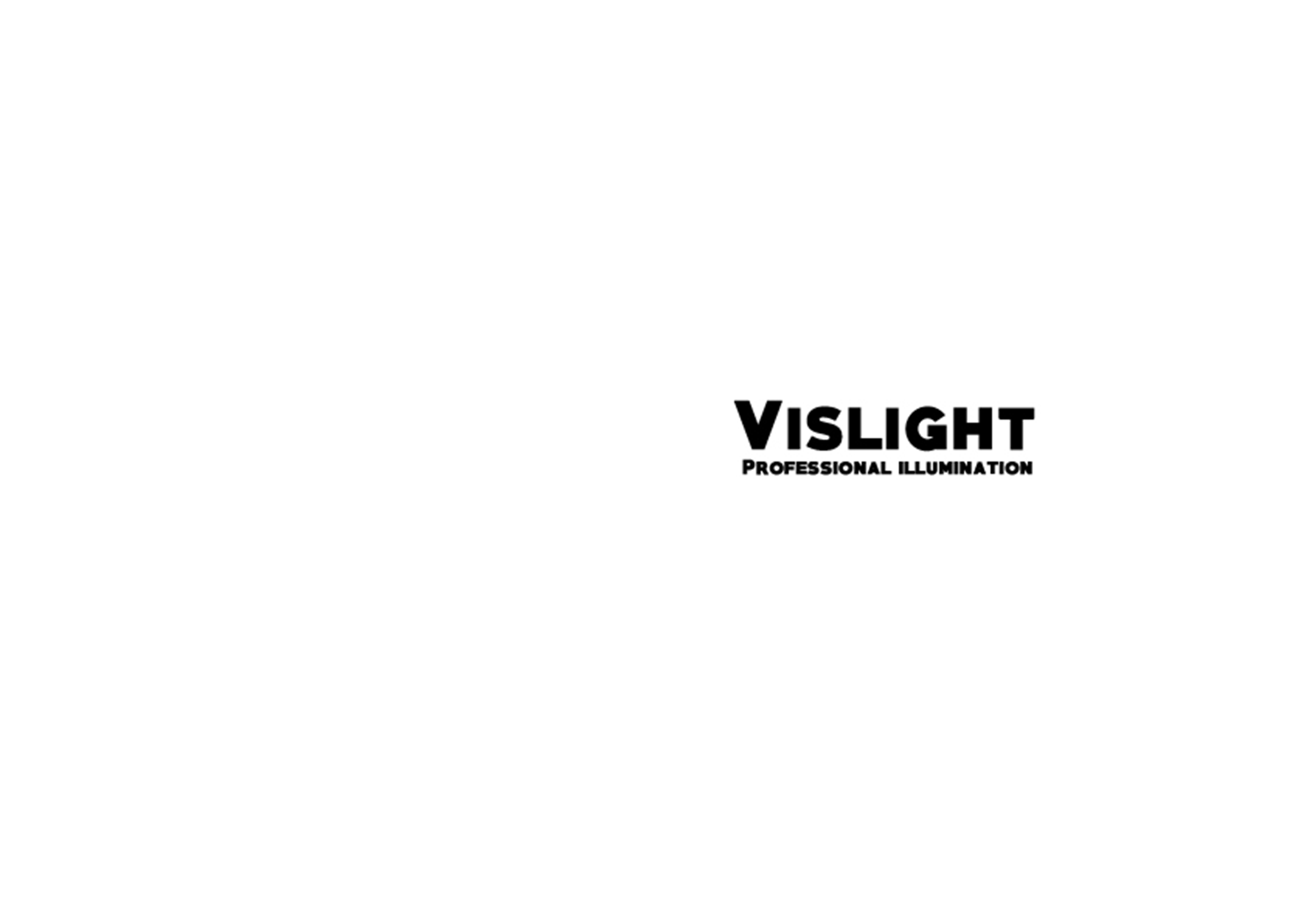

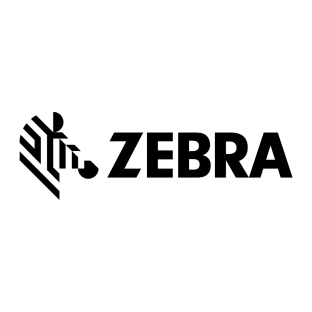
Showing 17–32 of 122 results
The JWL150-DO is an OverDriveTM-only light source meant to provide external illumination for logistics. This light can be mounted to camera housings through optional mounting plates. The JWL150-DO is compatible with most common major machine vision cameras and can be directly connected and controlled through a camera’s trigger output.
Get more light with less power with exceptional energy management
Our specially designed onboard charging capacitors ensure powerful bursts of energy with a low consistent electrical draw.
The Lightgistics Series: Brighter. Faster. Better.
The JWL150-DO is part of the Lightgistics Series – machine vision lights made for the logistics industry.
More light in less space
The JWL150 is an intense, compact light source to provide external illumination for machine vision cameras or smart cameras where the built-in illumination is not enough.
Camera integration
Connect the JWL150 directly to camera housings through optional mounting plates to get the light you need in a small footprint. The JWL is compatible with many machine vision cameras and can be directly connected and controlled through a camera’s trigger output.
The options you need
With a working distance from 500 mm all the way to 2000 mm, the JWL offers high intensity light even at longer distances. The built-in Multi-Drive™ driver offers both continuous operation and OverDrive mode in the same light.
The JWL225-DO is an OverDriveTM only light source meant to provide external illumination for logistics. The JWL225-DO is compatible with most common major machine vision cameras and can be directly connected and controlled through a camera’s trigger output.
Get more light with less power with exceptional energy management
Our specially designed onboard charging capacitors ensure powerful bursts of energy with a low consistent electrical draw.
The Lightgistics Series: Brighter. Faster. Better.
The JWL225-DO is part of the Lightgistics Series – machine vision lights made for the logistics industry.
The JWL225-MD, part of the Camera to Light (CTL) Series, is an intense light source meant to provide external illumination for machine vision cameras or smart cameras where the built-in illumination is not enough. This light can be connected directly to camera housings through optional mounting plates to illuminate areas larger than what is normally covered by the camera’s internal light source. The JWL225-MD is compatible with many machine vision cameras and can be directly connected and controlled through a camera’s trigger output.
The L300 Bar/Linear Light utilizes 12 high-intensity LEDs and features an integrated constant current driver built into the light. Connect-a-Light Series of Linear Lights uses 24VDC and can operate in continuous mode. NPN or PNP strobe triggers can be used to control the on/off input of the light. Control intensity via a 1-10V analog signal line or manual potentiometer. Daisy-chain up to six L300 lights together.
The L300G2 linear light features an integrated Multi-Drive™ driver that can produce up to 390,000 lux. NPN or PNP triggers can control the light for either OverDrive™ or continuous operation. Control light intensity via 1 – 10 VDC analog intensity line or remotely using SmartVisionLink™. Daisy-chain up to six L300G2 lights in series using a standard 5-pin M12 jumper cable.
The LB300 array utilizes 12 high-intensity LEDs, features an integrated constant current driver built into the light and operates in continuous operation. The LB300 features a factory-installed 2447 diffuser backlight lens and is a viable option for silhouetting objects. NPN or PNP trigger signals can be used to control the on/off input of the light. The intensity of the light can be controlled via 1-10VDC analog signal line or manual potentiometer. Daisy-chain up to six LB300 lights together.
The LC300 features 12 high-bright LEDs, operates in continuous mode, and includes a built-in constant-current driver. The LC300 is a more cost effective light due to the analog intensity control line not being included and not being capable of daisy-chaining to additional linear lights. NPN or PNP trigger signals can be used to control the on/off input of the light.
The Right Light for Your Application
The LCHPX is a low-cost, high-powered line scan light capable of over 800,000 lux. Fan-free passive cooling means less maintenance and fewer issues. Multiple lens configurations optimize illumination for your working distance. The LCHPX is fully enclosed and can be mounted using standard T-slot mounting hardware.
High power, low cost, with just the features you need.
Lens Position
Use the table below to determine the best lens position for your application.
| Lens Position | Working Distance (mm) | Beam Width (mm) | Illuminance (Lux) Values |
|---|---|---|---|
| 1 | 35 | 2.5 | 805,000 |
| 2 | 50 | 3 | 644,000 |
| 3 | 100 | 4.5 | 290,000 |
| 4 | 100 | 8 | 274,000 |
| Illumination measurement taken on white light, 5700 K | |||
The LCZE300 is a SmartVisionLink™-enabled linear light. With the addition of the BTM-1000 Bluetooth module, the LCZE300 can be wirelessly adjusted for intensity levels. The LCZE300 can be connected in a series of up to six lights, either through direct-connect or daisy-chain, to create a total of 6 independently controllable lighting zones.
The rugged LE Bar/Linear Light Series offers everything needed in one sleek design with the convenience of T-slot mounting. The Multi-Drive™ driver allows the light to operate in continuous operation or in OverDrive™ strobe mode. The LE series comes in tailored-length solutions in increments of 300 mm, up to 1200 mm.
Part Numbers:
LE300
LE600
LE900
LE1200
Part of the Direct Connect series linear lights, which offers integrated light-to-light connectors, eliminating the need for cable connectors to string lights together. The LHF300 series was designed as a direct LED replacement for standard fluorescent lighting. The LHF300 array uses 30 high-intensity LEDs and features a diffuse lens cover designed to disperse the light in the same fashion as a fluorescent light of equivalent length. Use NPN or PNP trigger signal to control the light’s pulse. Control intensity via a 110V analog signal line.
The LHI-DO Series is an OverDriveTM only light source meant to provide external illumination for logistics. This light can be used to create tunnel systems capable of illuminating any package of any size and ensure perfect readability no matter the shape or material. The LHI-DO Series is available in 300- and 600 mm lengths.
Get more light with less power with exceptional energy management
Our specially designed onboard charging capacitors ensure powerful bursts of energy with a low consistent electrical draw.
The Lightgistics Series: Brighter. Faster. Better.
The LHI-DO is part of the Lightgistics Series – machine vision lights made for the logistics industry.
The LLM can drive multiple lights of virtually any type or up to four individual zones or channels within an integrated photometric or multispectral ring light solution. Each program can contain up to six sequences with up to four lights set to continuous on, off, any intensity level in between, and even OverDrive™ strobe mode.
To program the four zones of a single LED illumination system such as a ring light or four separate LED light sources, simply connect the LLM to a computer via Ethernet cable and use the browser-based interface to program the light through a series of drop-down menus. The intuitive user interface makes it possible for technicians of any level to set image sequences and program intensities for each light.
The LLM system and light kit bundles initially will target 3D photometric stereo and 2D multi-light applications. When used in conjunction with specialized photometric stereo software from Matrox Imaging, Cognex, TeleDyne DALSA, SICK or MVTec, the lighting system can solve previously intractable tasks, such as finding a defect in the surface of a part. By capturing successive images of a stationary object as it is illuminated by a sequence of lights, photometric image processing software can determine the 3D surface orientation of every pixel across the object’s surface. The same technique can generate 2D images of multiple regions of interest using separate lights and/or cameras.
LLM is also appropriate for multispectral imaging solutions where the LED wavelengths – and not broad-spectrum white lights with optical filters in front of the sensor – are the spectral band selection mechanisms. Using the color of illuminating light as the spectral band selection mechanism can greatly reduce the cost of multispectral imaging solutions while increasing budgets for imaging applications.
LLPX Series backlights offer a homogeneous light pattern with the same familiar ease of mounting found on other Smart Vision Lights™ backlights. With the optically clear internal light dispersion grid and the matte-white-finished backing plate, more light is reflected up and out through the diffusion acrylic. The LLPX Series features Multi-Drive™, which allows the light to operate in continuous operation or OverDrive™ strobe mode, depending on wiring.
In the LLPX-H Light Panel Series, an optically clear internal light dispersion grid and a matte-white-finished backing plate allow more light to be reflected up and out through the diffusion acrylic. The LLPX-H features Multi-Drive™, which allows the user to operate the light in continuous operation or OverDrive™ strobe mode, depending on wiring method. The industry-standard 5-pin M12 connector makes for simple wiring. The 1-10VDC analog signal line gives the user total control over intensity in continuous operation. Removing the signal puts the light into OverDrive™ strobe mode. Custom placement, sizing, and number of holes available upon request.
![]() +65 6748 5517
+65 6748 5517
![]() info@jm-vistec.com
info@jm-vistec.com
![]() 10 Kaki Bukit Ave 1, #07-06, Singapore 417942
10 Kaki Bukit Ave 1, #07-06, Singapore 417942
